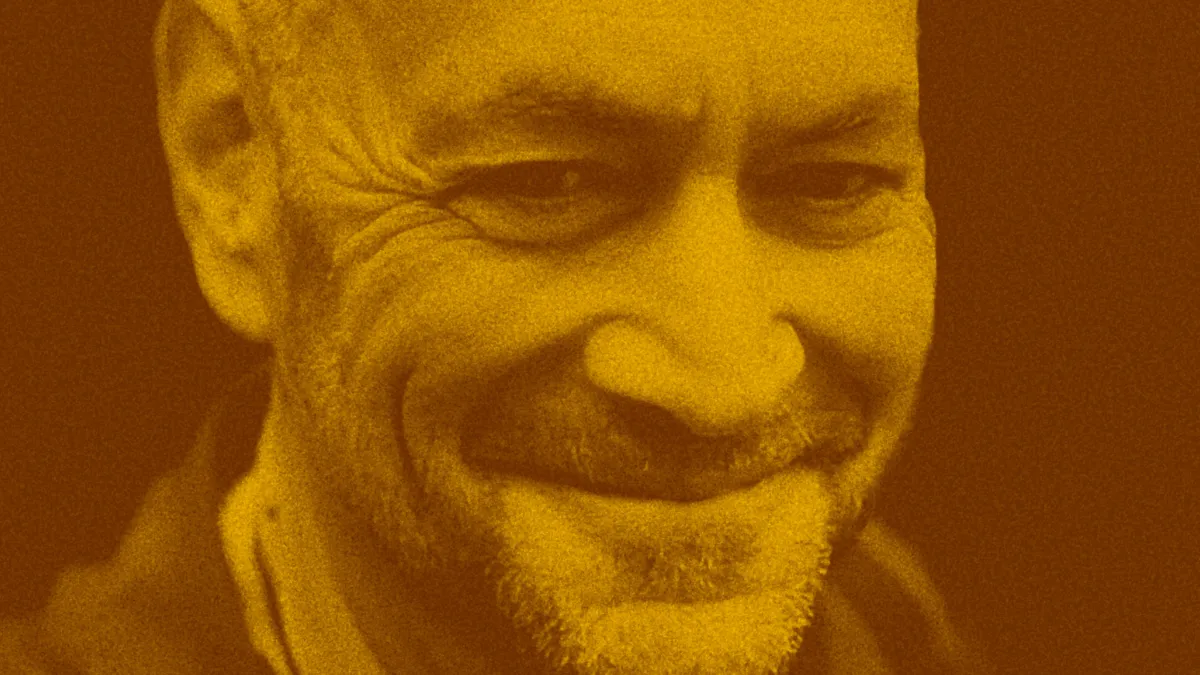Episode 143 of The Informed Life podcast features a conversation with my friend Harry Max. Harry is an executive player-coach with a long trajectory in Silicon Valley. Through his consultancy, Peak Priorities, he helps senior leaders and their teams realize their visions by zeroing in on pragmatic solutions to complex challenges.
And on that note, Harry’s written a new book, called Managing Priorities, that teaches leaders how to do just that. Harry’s approach is grounded in his experience working in leadership positions in companies large and small. He’s formalized it into a model called DEGAP, which stands for
- Decide
- Engage
- Gather
- Arrange
- Prioritize
These steps must be done sequentially, much like mise en place precedes the preparation of a meal. Most of us think of priorities in the context of the last step, but the first four are critical.
Getting to the point where prioritization can happen entails communicating across the organization. In the process, leaders and team members become aligned. In the book (and in our conversation) Harry explained what can happen when teams don’t do this:
Ultimately, I ended up leaving Virtual Vineyards after about two years. Once the system was alive, launched, and stable, the other two founders and I, Robert and Peter, ended up kind of diverging in terms of what our priorities were and how we were approaching building the store, building the business, and building the technology. So, the Virtual Vineyards story goes back to, in some ways, the beginning of a part of the commercialization of the internet. It looks at what we were trying to do, where we did things well, and how our visions started to come apart and how the priorities that fell out of those differing visions ended up, I think, setting the company on a course to not be what Amazon is today.
Getting aligned is especially important in times of turmoil. Harry experienced one such time when his boss was unexpectedly replaced:
We had literally spent months wrangling all of these priorities across every possible function in this product org to get everything stable so that we could create a predictable, consistent operating model to run the product organization. In a phone call, I knew it was going to be thrown out, and I was the person with the knowledge on the files. I knew what all the items were; they were in giant spreadsheets, right? I was like, “Oh my God, this is going to be crazy.”…
So I got on a plane and flew back. I took the model that we had been using, which was this prioritization pyramid that I invented, which I talk about in the book. It helps unpack the different time horizons of priorities across different major categories of work: new features and capabilities, process automation, experience defects, and so on. I had to realign all of the work we had done in these complicated spreadsheets and get them plugged back into this visual framework so that we could start debating where we were going to make changes. This allowed people to see and understand, “Look, here’s where we were. This is what we had agreed to, this is what we were focused on, and this is what leadership had ratified.”
The process of prioritization brought clarity and alignment, reducing the craziness and stress it entails. Harry’s book is packed with real-world case studies and frameworks that can help you bring alignment and clarity to your team as well.
